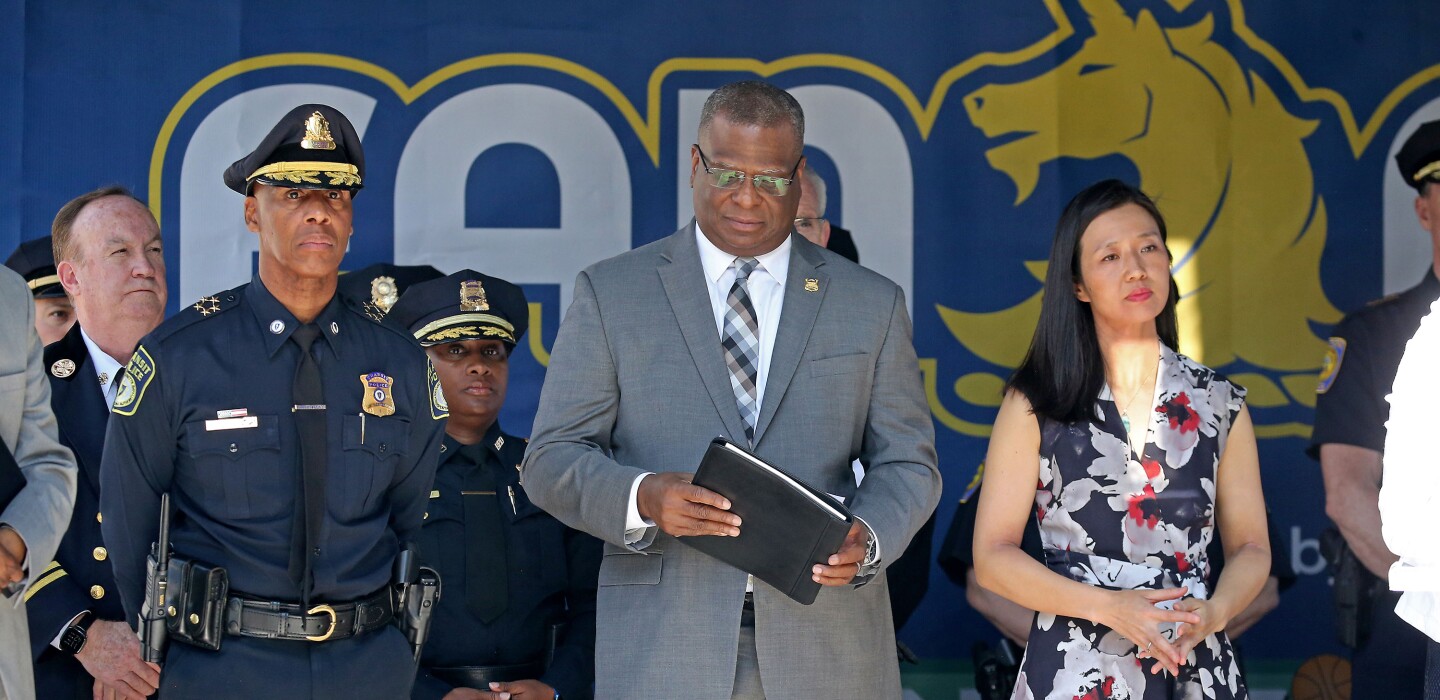
How Public Safety Changed After the Boston Marathon Bombing
(TNS) – Ten years after the Boston Marathon bombing, law enforcement leaders who were front-and-center in the investigation to track down the Tsarnaev brothers spoke to the Herald about how public safety has changed since the scarring tragedy.
Police officers screening spectators’ bags and backpacks is now seen all along Boylston Street at checkpoints on Marathon Monday.
“That changed at the marathon and at nearly every venue you go into now,” said Ed Davis, who was the Boston Police Department’s commissioner at the time of the terrorist attack.
“We had a pretty robust security plan prior to 2013, which was integral in allowing us to respond the way we did, though there were some gaps in it,” Davis said.
None of the city’s cameras on Boylston Street were recording at the time of the attack, he said. Police were fortunately able to use private businesses’ surveillance cameras to identify Dzhokhar and Tamerlan Tsarnaev, and put the case together.
“The video evidence from the storefronts and restaurants along Boylston Street broke open the case for us in 2013,” said Richard DesLauriers, who was the FBI Boston Division’s special agent in charge at the time of the bombing. “And there are even more video resources deployed now.”
As social media platforms have grown and advanced since 2013, law enforcement and the U.S. intelligence community have taken a closer look at social media sites for any threats of a pending attack.
“Boston FBI and its local partners are reviewing and scrubbing social media to see if there are any indications that someone intends to create harm,” said DesLauriers, who’s now vice president of corporate security at Penske Corporation.
The public has forever been changed after the devastating deadly attack on Boylston Street, Davis said.
“That feeling that it can’t happen here no longer exists,” said Davis, now the president and CEO of the Edward Davis Company, a security consulting and crisis management firm advising companies on risk mitigation, compliance and emergency response. “People are very vigilant on the public safety side and in the community.”
Three people were killed on April 15, 2013, when two pressure-cooker bombs detonated 11 seconds apart on Boylston Street near the finish line of the iconic 26-mile race.
More than 500 people were physically injured, including 17 who suffered amputations. The bombers also took the life of Sean Collier, a MIT police officer who was executed while on patrol.
The public was law enforcement’s best ally in the days following the bombing, DesLauriers said, noting the key help they received from the man who was carjacked by the Tsarnaev brothers and the assistance from residents in Watertown.
DesLauriers said, “I know 10 years later, the indelible memories from the tragedy are still on everyone’s mind, and we are increasingly wary of anything suspicious.”
©2023 MediaNews Group, Inc. Visit at bostonherald.com. Distributed by Tribune Content Agency, LLC.


Average Rating